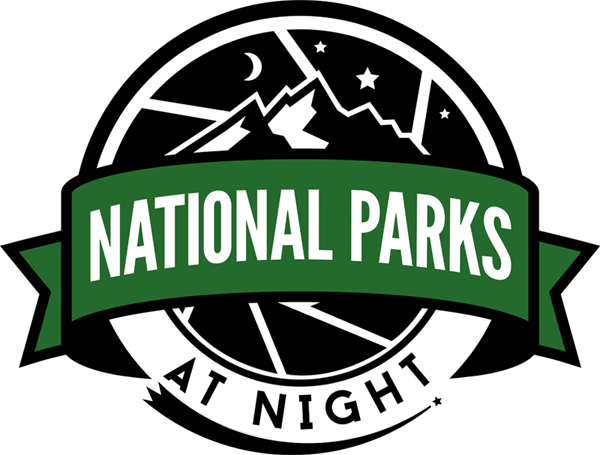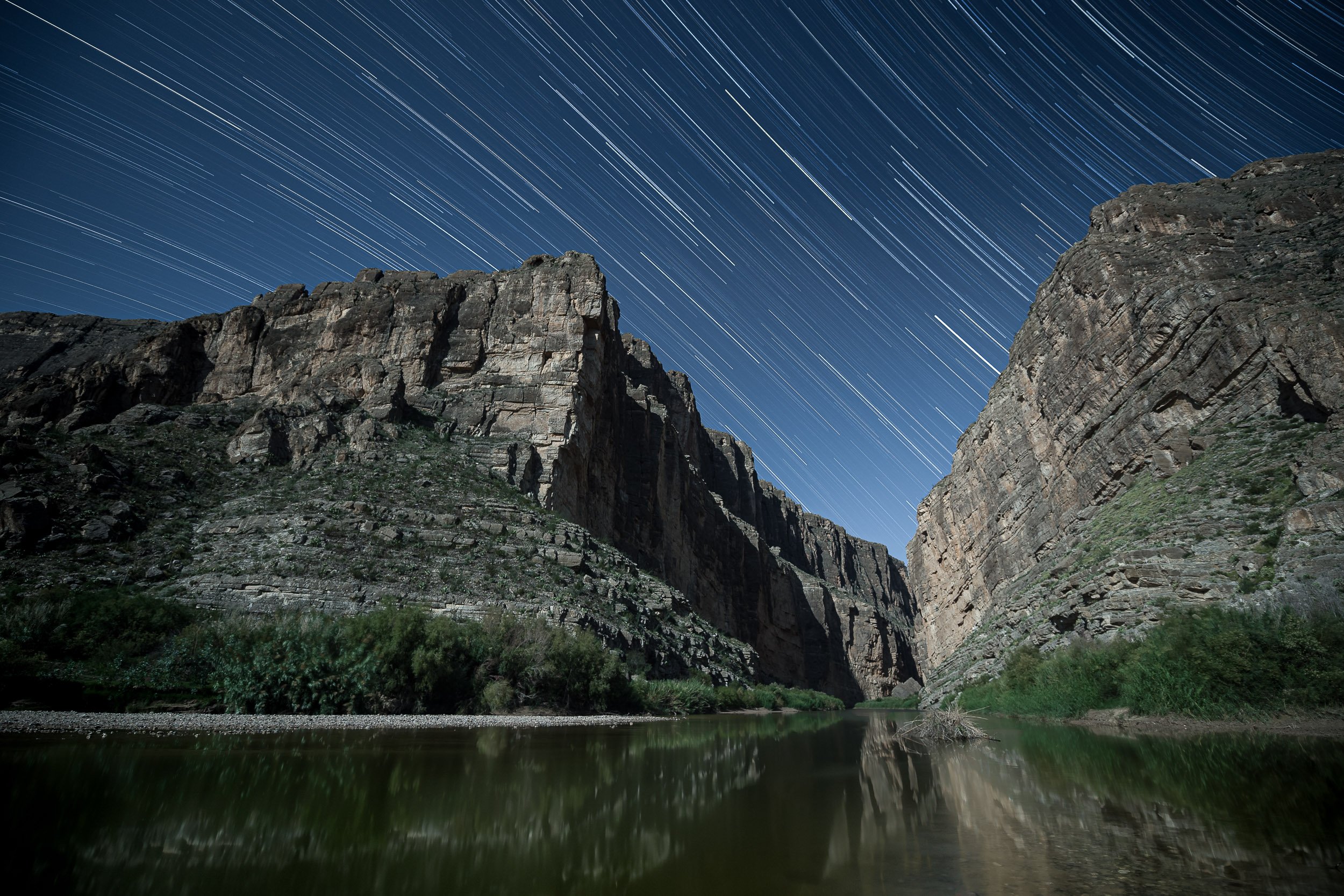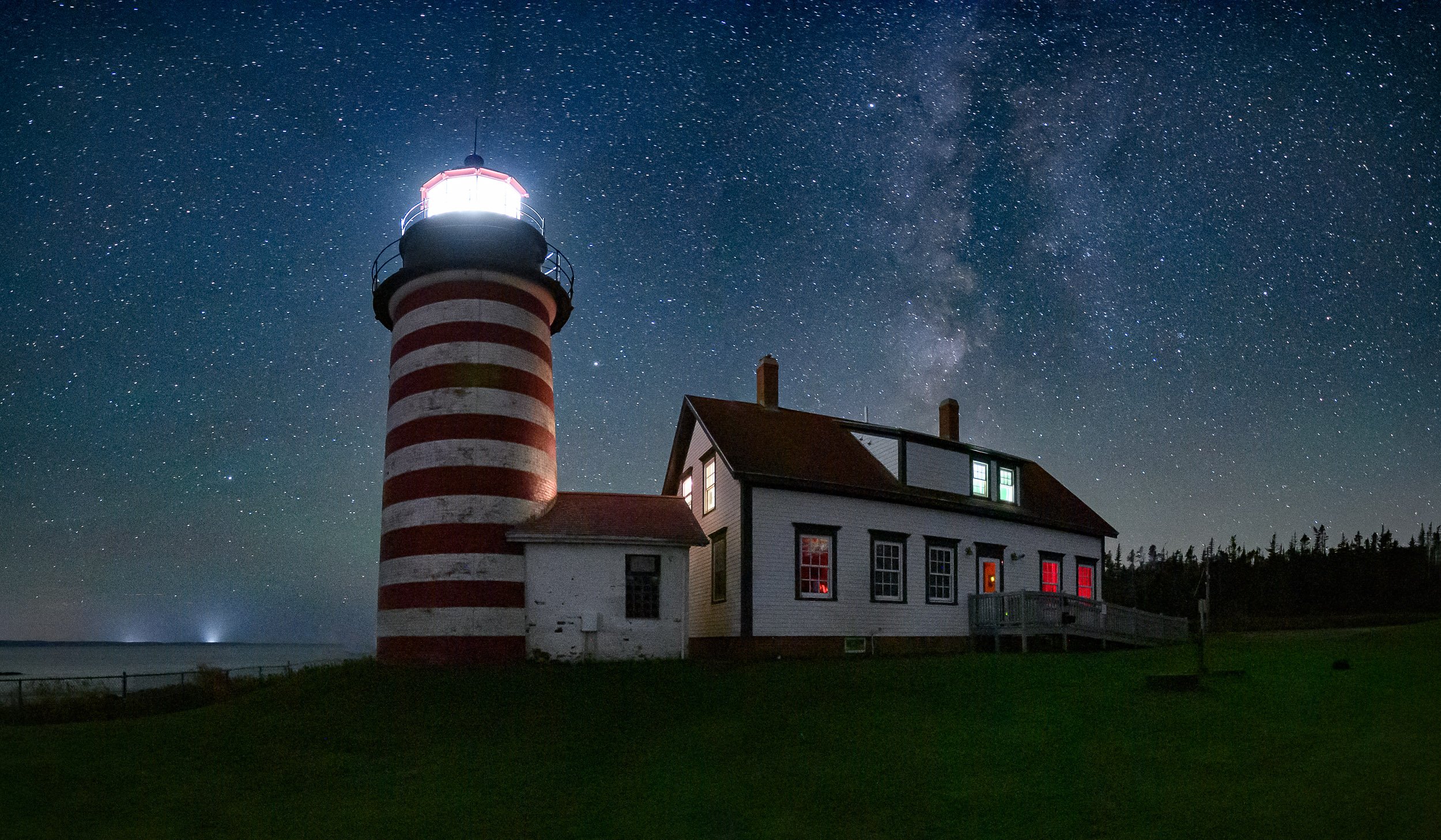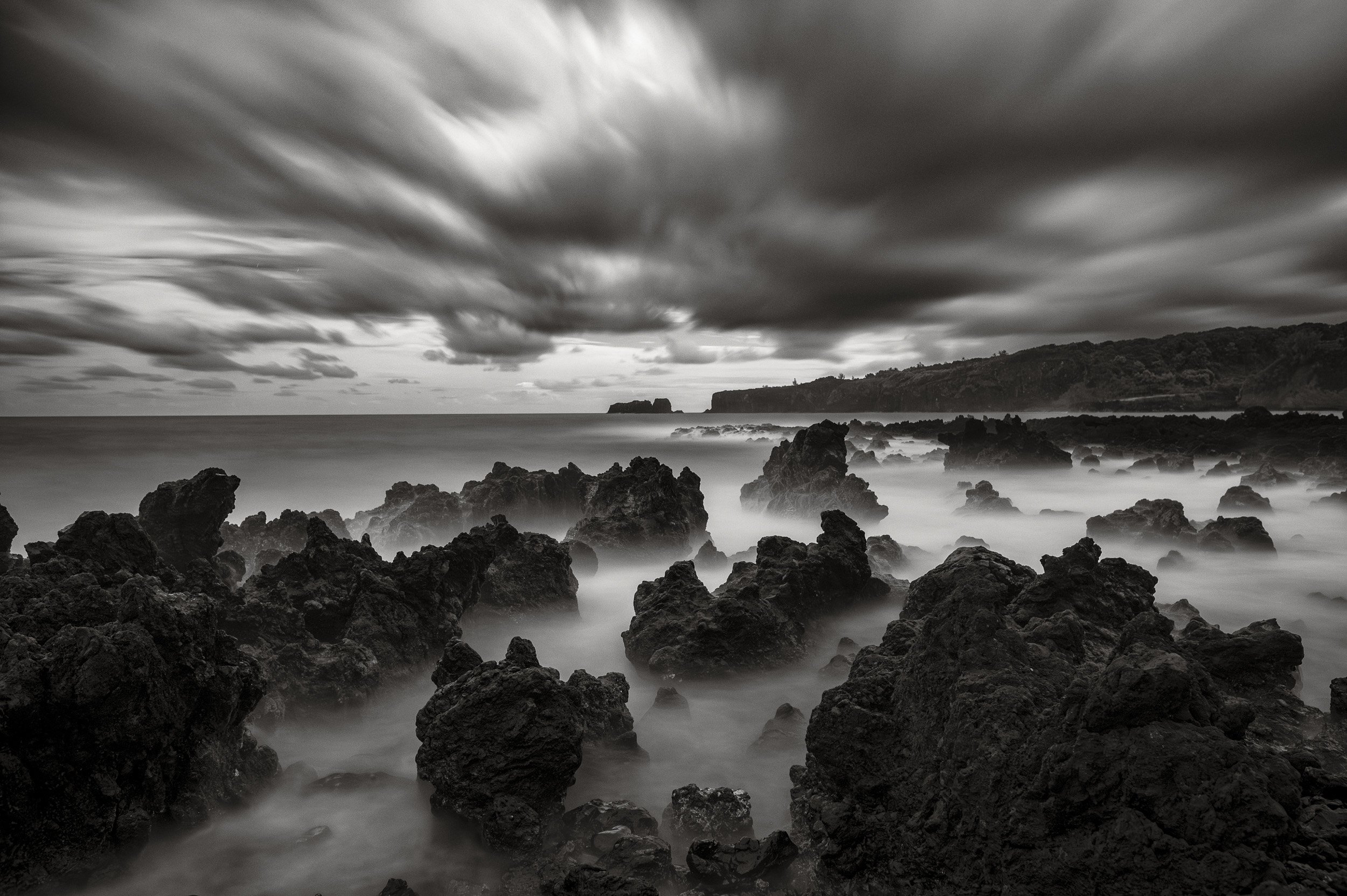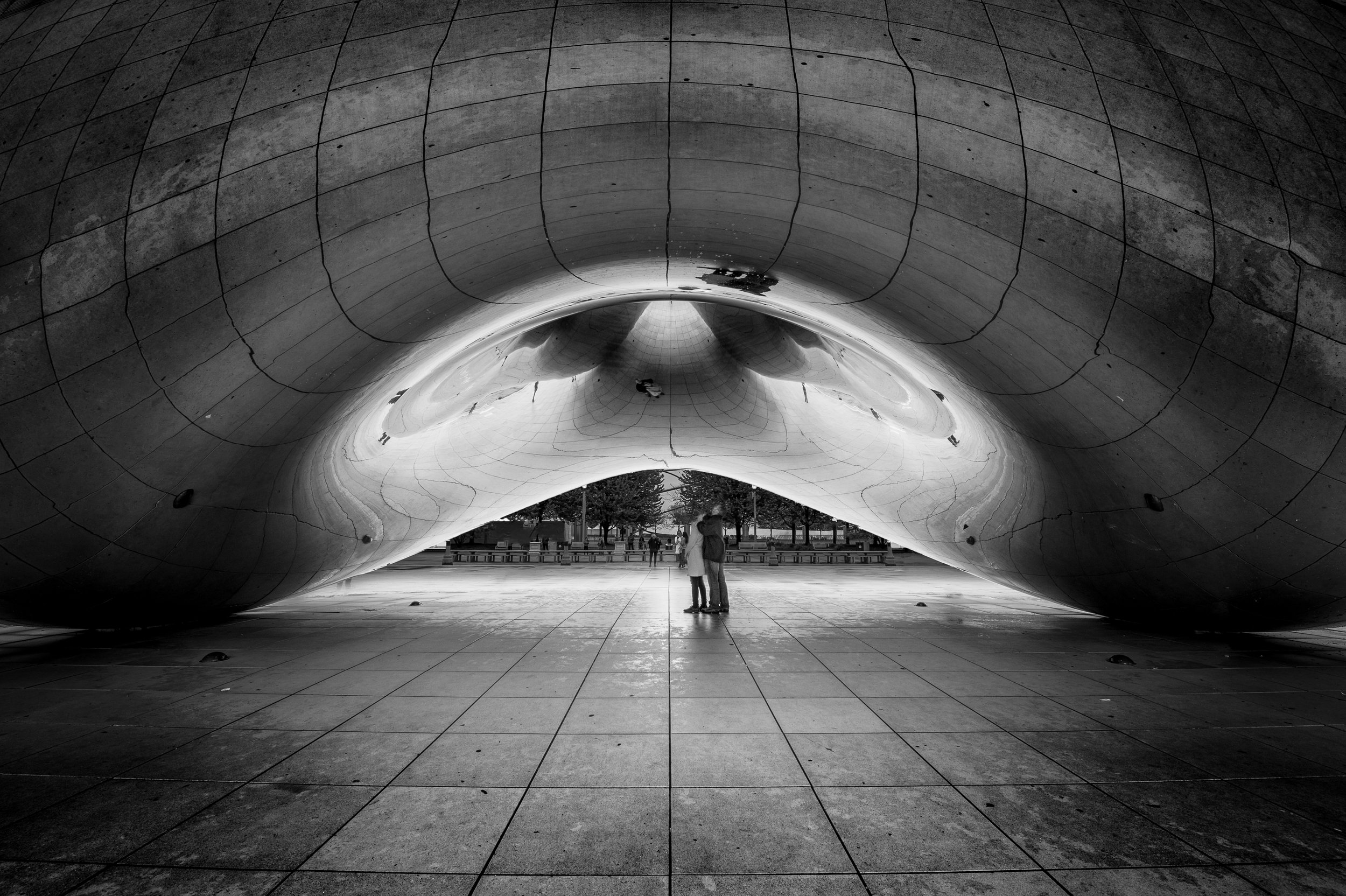Parks and Nights 2020: Fee-Free Days, Supermoons, Meteor Showers and More
It's 2020! A new year with new opportunities to photograph national parks and night skies.
The next 12 months will be full of events and happenings that should appeal to anyone reading, so below we offer a list of some items to be on the lookout for.
Fee-Free Days
Most national parks charge a fee for entering. You can always pay at an entry station, but my preference is to buy an annual pass, which for only $80 (or less, or free, in some cases) gets you into all the National Park Service units, plus national wildlife refuges, national forests and so on—in total, over 2,000 federal recreation areas. Not a bad deal.
The parks are worth any price. Still, free is always nice, and there are five days in 2020 when the park service offers Fee-Free Days to all visitors:
January 20: Birthday of Martin Luther King, Jr.
April 18: First day of National Park Week
August 25: National Park Service Birthday
September 26: National Public Lands Day
November 11: Veterans Day
Night Sky Festivals
Each year we publish a rundown of the night sky festivals offered by and in our national parks. (Stay tuned for that in the spring, when enough plans have been announced for us to be more comprehensive than we could be right now.) These festivals feature the darkest of dark skies, telescope setups, astronomy talks, photo walks and more.
The national park star parties (such as the one at Grand Canyon, above) are full of opportunities for viewing and photographing night skies. © 2019 Chris Nicholson.
Two of the biggest festivals are at Grand Canyon (where Gabe and I delivered a presentation and ran programs last year) and Acadia national parks. But there are scores of others, including Badlands, Bryce Canyon, Lassen Volcanic, Shenandoah and so on.
Another biggie is one we don’t mention often because it always happens before we publish our annual list, and it’s about to commence: the Death Valley Dark Sky Festival. It runs this year from February 21-23. I was able to visit this festival during a workshop in the park last year—it’s an incredibly dynamic event under some of the very best night skies in the U.S.
Workshops
Of course, we’d be remiss not to mention that a new year is a great time to learn new photography skills, and a great way to do that is on a workshop. The benefits of attending a photography workshop or tour include not just hands-on assistance and expert location knowledge, but also camaraderie and the security of a group adventure.
Our workshop group at the beginning of a night shoot in Dry Tortugas National Park in 2017. © 2017 Gabriel Biderman.
Of course we’d love if you attend one of ours workshops, but there are countless other programs that run excellent events as well. If there’s a particular place you want to photograph or a particular skill you want learn, there’s likely a workshop for that.
We have seats left for a few of our 2020 workshops and tours:
May 16-23: Scotland—The Orkney Islands
June 6-12: Shenandoah National Park
July 19-24: Maine—Monhegan and Acadia
October 29-November 3: Catskill Night Portraiture
November 15-20: Barcelona
Beyond that, Google is your friend. Find an experience that speaks to you, and go!
Supermoons
Craterlicious moon, Biscayne National Park. Nikon D500 with a Nikkor 800mm f/5.6. 1/1000, f/11, ISO 1000. © 2018 Gabriel Biderman.
The astronomy world doesn’t have an official definition of what constitutes a supermoon, so sometimes some astronomers proclaim a moon super when others don’t. Such is the case this year, when some are designating only two. But Fred Espenak (who EarthSky dubs “the go-to astronomer on all things related to lunar and solar eclipses”) is classifying four full moons this year as super:
February 9
March 9
April 8
May 7
So on those nights you can figure the moon will be a little bigger and a little brighter. (For a couple of ideas on what to do with that, see Tim’s blog post “Light Painting in Moonlight—Using the Moon as Key Light, or Using it as Fill.”)
By the way, this won’t be super, but it could be fun: There’s a blue moon on Halloween this year. Just sayin’.
Falling Stars and Such
Great Sand Dunes National Park, Colorado. Nikon D750, 15mm Zeiss Distagon f/2.8 lens. 234 images at 22 seconds, f/2.8, ISO 6400, plus a single exposure at 382 seconds, ISO 2000 for the landscape after moonrise. © 2017 Matt Hill.
The night sky is full of things besides the moon, and some of them fall. Below is a list of 2020 meteor showers. They’re listed by the date of peak activity, so you should be able to see meteors for several days before and after:
April 22: Lyrid Meteor Shower (during new moon)
May 6: Eta Aquarid Meteor Shower
July 28: Delta Aquarid Meteor Shower
August 12: Perseid Meteor Shower
October 7: Draconid Meteor Shower
October 21: Orionid Meteor Shower
November 4: Taurid Meteor Shower
November 17: Leonid Meteor Shower (during new moon)
December 13: Geminid Meteor Shower (during new moon)
December 21: Ursid Meteor Shower
This year will also feature two other notable astronomical events:
February 18: occultation of moon and Mars
June 21: annular solar eclipse (in Central Africa, Saudi Arabia, India and China)
December 21: rare conjunction of Jupiter and Saturn
It’s also good to note the two solstices:
June 22: June solstice (longest day of the year—very sad)
December 21: December solstice (longest night of the year—yay!)
Also, the equinoxes fall on March 20 and September 22, but we’re ambivalent about those.
Wrapping Up
So there you go—a whole bunch of opportunities to get out and seize the night in 2020. Which ones are on your radar? Share in the comments section below, or in the comments on our Facebook page.
